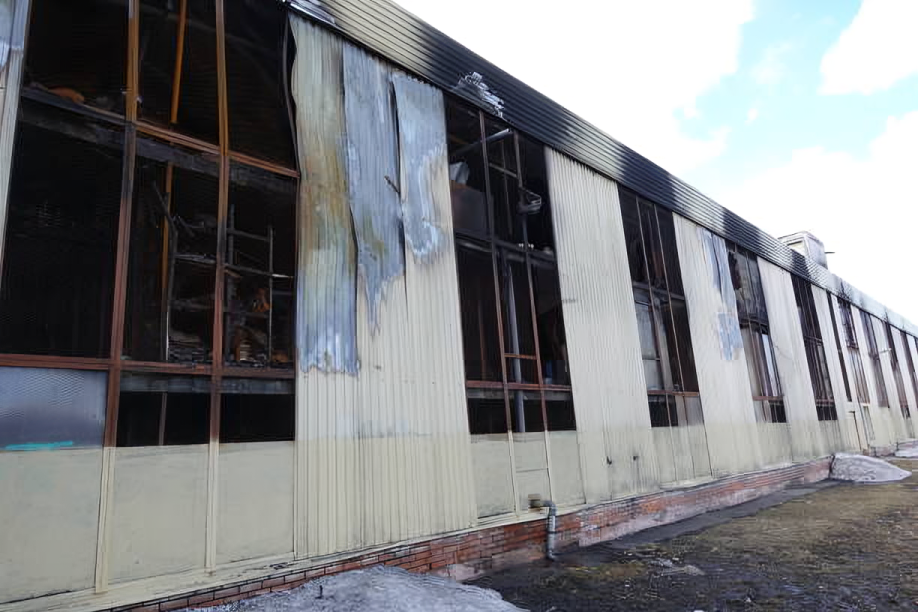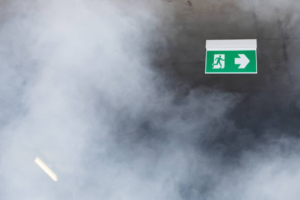In case of a fire accident, smoke, and heat pose significant threats to businesses, capable of causing immense damage and disrupting operations.
Fire accidents lead to the complete or severe damage of the building, the materials and equipment contained, as well as the stored products ready to sell. However, the financial ramifications extend beyond the immediate costs, affecting various aspects of a businesss:
- Replacement Costs: Essential buildings, equipment, and materials damaged by fire often require costly replacement.
- Rehabilitation Expenses: Extensive assessments, rehabilitation, and cleaning efforts are necessary before buildings can be reoccupied. These services come at a premium, especially when expedited to minimise business disruption.
- Operational Disruption: During assessment and rehabilitation, businesses may need to partially or completely cease operations, leading to financial losses and affecting employee morale.
- Employee Impact: Direct involvement in fire incidents has physical and psychological effects on employees. It affects morale, and in some cases leads to extended medical leave.
- Supply Chain and Customer Loss: Disrupted operations can after a fire accident affect the supply chain, causing delays in product delivery and potentially leading to customer loss as they seek for alternatives.
Role of NSHEV Systems
Natural Smoke and Heat Exhaust Ventilation (NSHEV) systems offer a proactive and cost-effective approach to mitigate these risks by limiting structural damage and ensuring business continuity:
- Early Detection and Response: NSHEVs are equipped to trigger smoke and heat ventilation early, minimising smoke damage and helping reduce the temperature.
- Improved Evacuation and Safety: Early smoke and heat extraction improves visibility and reduces the increase of temperature, facilitating safer evacuation routes for employees, and quicker access for emergency responders.
- Preservation of Assets: By containing smoke and heat damage, NSHEVs help preserve the building, as well as the equipment, and materials inside. Reducing the building structural damage, NSHEVs help reduce the replacement and rehabilitation costs.
- Business Continuity: By mitigating the severity of the damage, NSHEVs help minimise the operational downtime.
- Employee Welfare: By ensuring a swifter restoration of the business operations and a safer indoor environment post-fire, NSHEVs enhance employee well-being, and impact positively on morale and productivity.
Natural Smoke And Heat Exhaust Ventilation Systems are a crucial component of an industrial or commercial building’s fire safety infrastructure.
Efficient dissipation of smoke and heat at an early stage significantly limits structural damage and helps mitigate not only the financial consequences, but also the emotional impacts associated with a fire accident.




